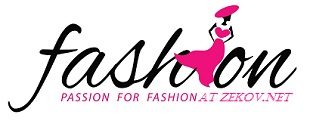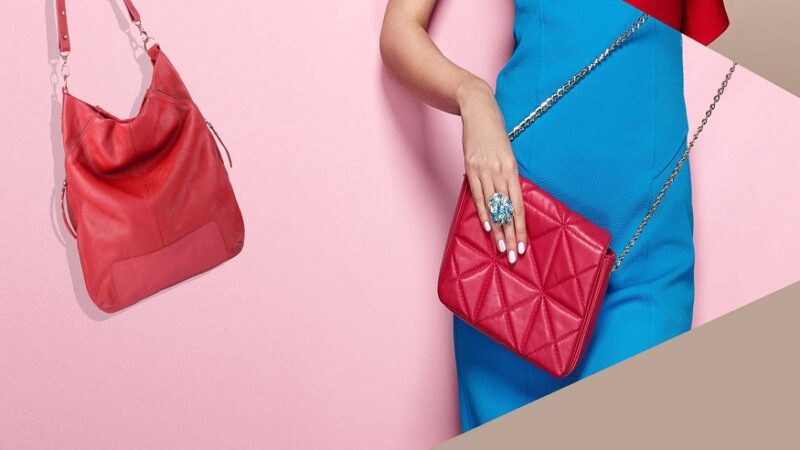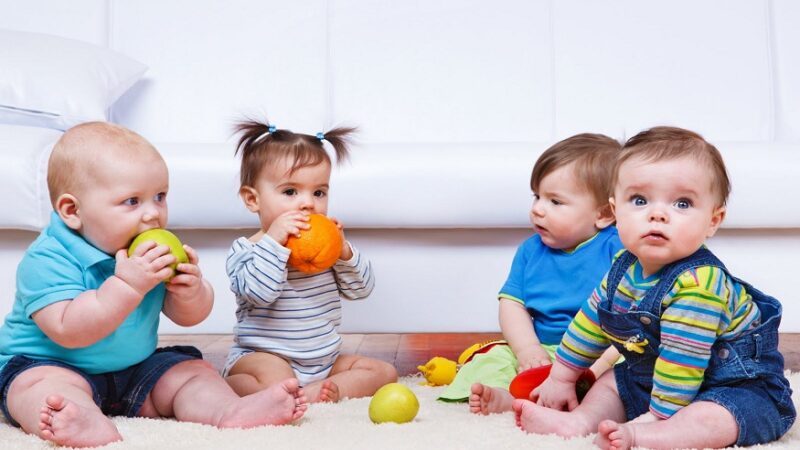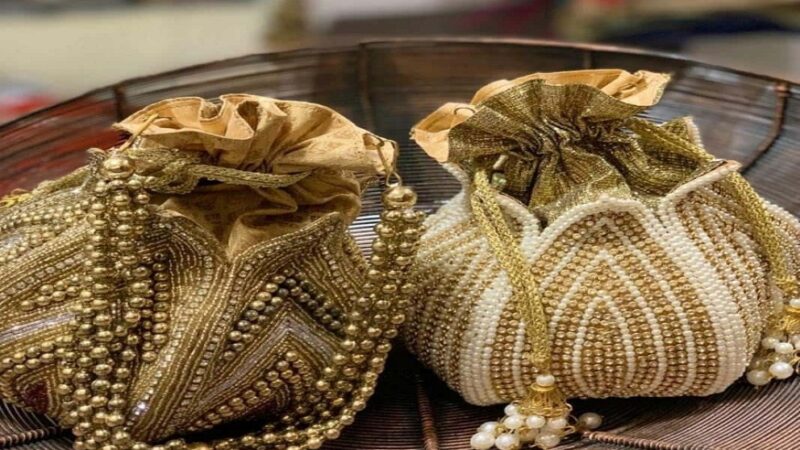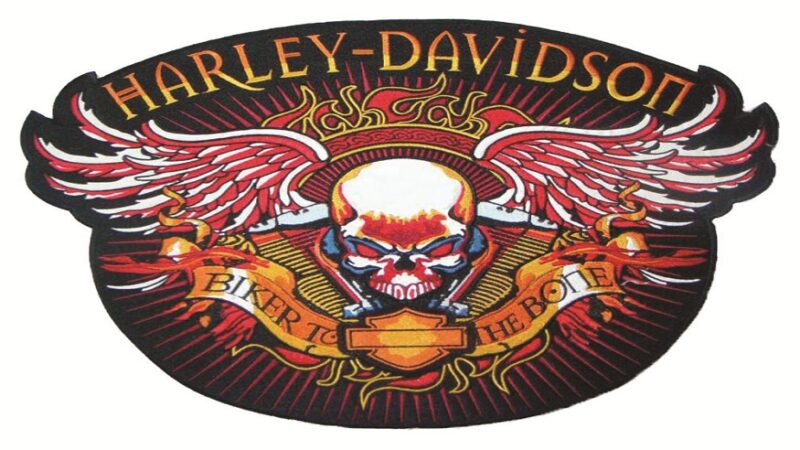The Timeless Appeal of Flowers
To understand the timeless appeal of flowers in fashion, it’s essential to look back through history. From the floral wreaths of Ancient Greece to the elaborate botanical motifs in traditional Chinese textiles, flowers have been an integral part of fashion across cultures and eras.
Flowers in fashion transcend seasons and trends, their universal appeal lying in their myriad forms, colors, and textures. They represent the beauty of nature, serving as a constant reminder of our connection to the natural world. Moreover, they embody various emotions and sentiments, allowing designers to tell stories and convey messages through their creations.
The Role of Flowers in Contemporary Fashion
In contemporary fashion, flowers are used in increasingly innovative ways. With advancements in technology, designers can now create realistic floral prints and intricate embroideries that were once impossible.
Moreover, flowers are being used to challenge traditional notions of fashion. For example, designers are using bold, oversized floral prints to break away from the conventional feminine associations of flowers. At the same time, they are employing delicate floral motifs in menswear, challenging traditional gender norms.
Floral Accessories
With the vast array of floral accessories available, it can be difficult to make a selection as the possibilities are endless. The sunflower necklace is just one example of how flowers can be translated into stunning pieces of jewelry. Project Honeybees, the ethical company with a mission to help save the bees, is among many companies, making earrings, bracelets, and rings adorned with floral motifs.
Beyond jewelry, flowers are also used in other accessories like handbags, shoes, and scarves. They add a touch of whimsy and personality, allowing the wearer to express their style in a unique way.
The Symbolism of Flowers in Fashion
The symbolism of flowers in fashion is a rich and complex subject. Each flower carries its own set of meanings, and these meanings can vary depending on the culture.
For example, in Victorian times, people used the “language of flowers” to express emotions that could not be spoken. A bouquet of red roses might convey deep love, while a single daffodil could signal misfortune.
Today, designers often draw on this symbolism when creating their collections. A garment adorned with poppies might be a commentary on war and peace, given the flower’s association with remembrance. Meanwhile, a lotus motif might symbolize rebirth and spiritual awakening.
The Future of Flowers in Fashion
The future of flowers in fashion is bright and promising. As sustainability becomes a crucial factor in fashion, designers are exploring new ways to incorporate flowers in an environmentally friendly manner. This includes using organic cotton for floral prints, crafting accessories from recycled metals, and using natural dyes made from flowers.
Additionally, with advancements in technology, we can anticipate more exciting innovations. Think 3D-printed flower accessories, virtual reality fashion shows featuring digital flower gardens, and smart textiles with flower patterns that can change color or pattern.
Conclusion
Flowers have been, and will always be, a source of inspiration in fashion. From their symbolic meanings to their aesthetic appeal, they provide endless possibilities for creativity and expression. Whether it’s a simple sunflower necklace or a complex floral haute couture gown, flowers will continue to weave their magic in the world of fashion. They breathe life, color, and emotion into every piece they touch, bridging the gap between nature and art.
Their symbolic resonance, coupled with their undeniable aesthetic appeal, ensures that flowers will always have a place in the world of fashion. As we move towards a future of sustainable, conscious fashion, this relationship between flowers and fashion only grows more profound and meaningful.
